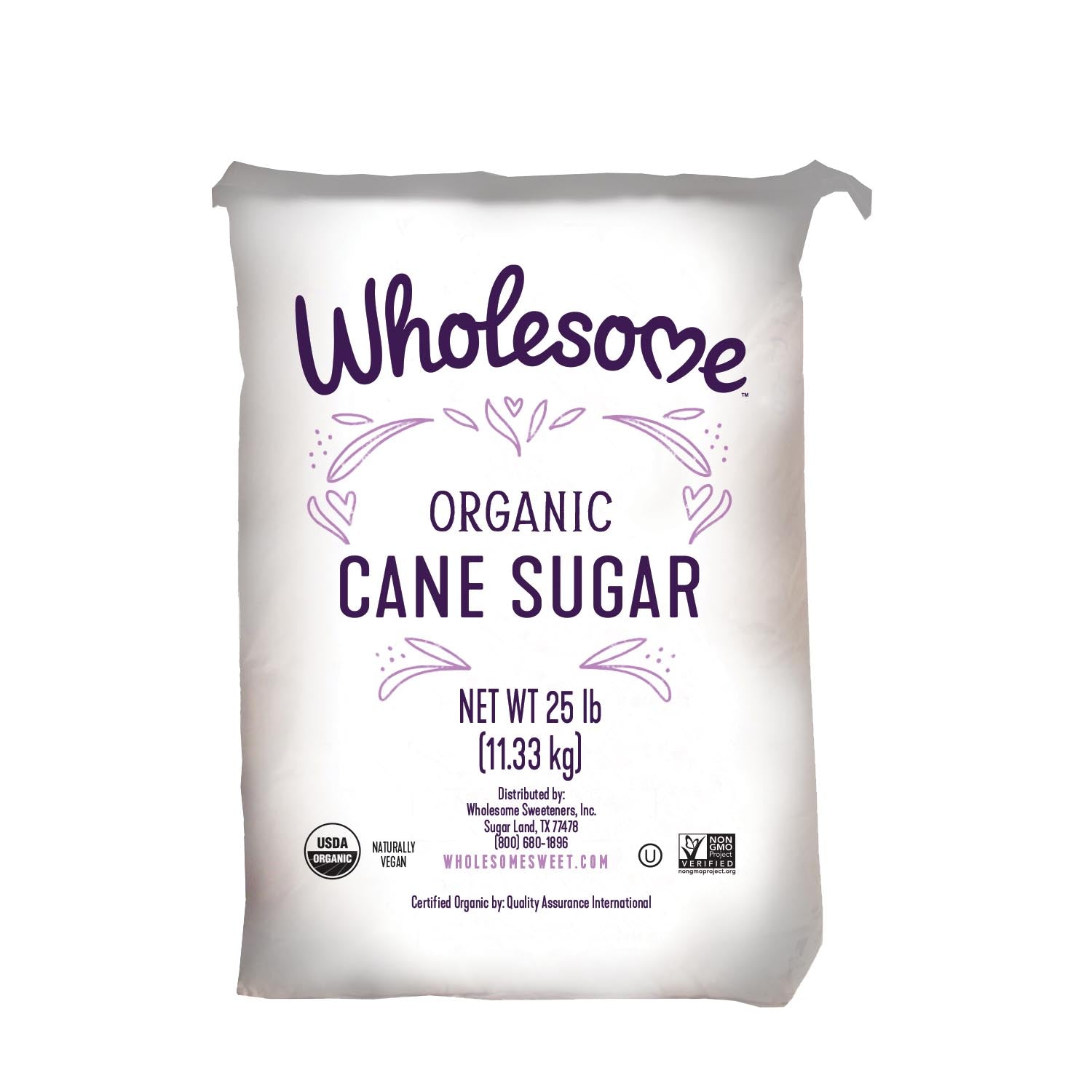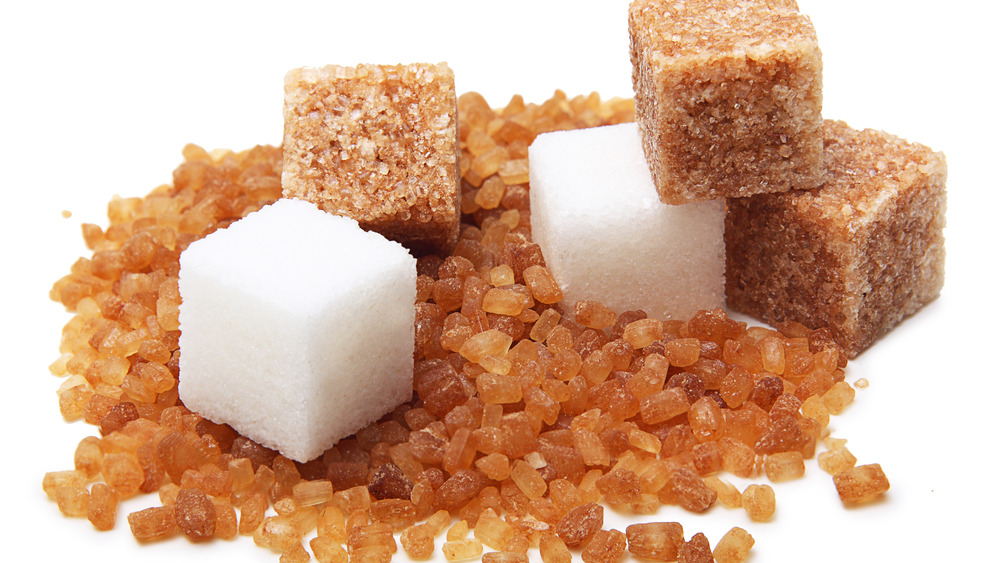Recognizing Cane Sugar Processing: A Comprehensive Overview of the Stages
Recognizing Cane Sugar Processing: A Comprehensive Overview of the Stages
Blog Article
Exploring the Comprehensive Tips Entailed in Walking Cane Sugar Handling From Collecting to Improvement
The process of cane sugar manufacturing incorporates a series of complex actions, starting with the careful harvesting of sugarcane and culminating in the improvement stages that make sure the end product fulfills sector standards. Each stage, from the removal of juice to the filtration and formation processes, plays a crucial duty in figuring out the quality and personality of the sugar. Recognizing these stages not only highlights the complexity of sugar manufacturing however also raises vital concerns about performance, sustainability, and development in the market. What implications do these aspects have for future methods?
Harvesting Sugarcane
Collecting sugarcane is a vital action in the walking cane sugar handling chain, as it directly influences the quality and yield of the end product. Proper timing and techniques are important during this phase to make certain optimal sugar content and minimize losses. Usually, sugarcane is harvested when it reaches maturity, typically 12 to 18 months after growing, defined by a high sucrose focus.

Post-harvest, the sugarcane has to be processed swiftly to stop sucrose degradation. Preferably, gathered cane ought to be transferred to refining facilities within 24 hours to protect sugar top quality. As a result, reliable logistical planning is crucial to keep the integrity of the harvested plant throughout the supply chain.
Extraction Process

The smashed walking cane undergoes a series of pressing procedures to take full advantage of juice recuperation. Generally, warm water is sprayed onto the smashed walking stick, producing a countercurrent flow that helps liquify the sugar while additionally helping in the removal procedure. The juice gathered from this operation has not only sugar but also numerous organic compounds and pollutants.

To enhance removal efficiency, some centers might employ diffusion approaches, where the sugarcane is taken in hot water, allowing the soluble sugars to diffuse into the fluid. The resulting juice, rich in sucrose, is after that routed to subsequent handling stages, laying the structure for purification and refinement. The removal procedure is thus crucial in establishing the quality and return of the final sugar item.
Filtration Methods
The filtration methods employed in walking stick sugar handling are important for changing the raw juice into a high-quality sugar item. These methods mostly intend to eliminate impurities, such as dirt, plant products, and inorganic compounds, which can detrimentally impact the end product's flavor and shade.
This procedure includes including lime and warmth to the raw juice, which helps with the coagulation of pollutants. Furthermore, the use of phosphoric acid can improve the explanation procedure by further binding impurities.
Another considerable method is carbonatation, where co2 is presented to the clarified juice. This reaction creates calcium carbonate, which catches staying contaminations and promotes their removal.
Furthermore, activated from this source carbon treatment may be related to adsorb any continuing to be colorants and organic impurities, ensuring a more refined item. The combination of these techniques successfully prepares the sugar juice for subsequent action in the refining procedure, establishing the phase for the production of premium walking stick sugar.
Formation Techniques
After the filtration stage, the next critical step in walking cane sugar handling entails formation techniques, which play an essential role in changing the cleared up juice right into strong sugar. This procedure normally utilizes two key approaches: spontaneous crystallization and regulated condensation.
In spontaneous crystallization, supersaturated sugar services are allowed to cool down naturally, leading to the development of sugar crystals in time. This technique is easier but might result in view it irregular crystal sizes and reduced purity levels. On the other hand, regulated condensation is an extra accurate method where temperature, seeding, and concentration agents are carefully taken care of. This technique permits the uniform growth of sugar crystals and greater pureness.
Throughout condensation, the clarified juice is concentrated with dissipation, raising its sugar material till it gets to supersaturation. Once this point is accomplished, either method can promote the crystallization process. Cane Sugar Processing. The resultant sugar crystals are then separated from the staying syrup through centrifugation
Eventually, the selection of crystallization method impacts the high quality, size, and purity of the final sugar product, making this step essential in the general walking cane sugar processing procedure.
Refinement and Packaging
How can the purity and top quality of walking cane sugar be better improved after condensation? The refinement procedure plays a critical duty in accomplishing top quality cane sugar.
Following, the sugar is subjected to a procedure called centrifugation, where it is spun at broadband to separate the purified sugar crystals from the remaining fluid. After centrifugation, the sugar is usually additional refined via a method called carbonization or phosphatation, which utilizes triggered carbon or phosphoric acid to eliminate shade and off-flavors.
Once improved, the sugar is dried out to accomplish the wanted wetness web content, a knockout post making sure that it remains stable throughout storage and transportation. The last step includes packaging the polished sugar in moisture-proof and closed containers to preserve its top quality and avoid contamination. Cane Sugar Processing. Correct packaging not just extends life span yet likewise assists in very easy handling and distribution, making sure that customers receive sugar that fulfills the highest standards of purity and high quality
Verdict
The comprehensive actions involved in walking stick sugar handling, from the thorough harvesting of sugarcane to the intricate refinement and product packaging stages, highlight the value of each stage in ensuring top notch sugar manufacturing. Optimum harvesting strategies, reliable removal methods, and strenuous purification processes collectively add to the end product's pureness and stability. The crystallization and subsequent packaging practices even more enhance the stability and service life of the sugar, highlighting the complexity and precision fundamental in this essential farming sector.
The procedure of walking stick sugar production encompasses a series of complex steps, beginning with the careful harvesting of sugarcane and finishing in the improvement phases that ensure the final item satisfies market standards. Ideally, gathered cane should be delivered to refining facilities within 24 hours to maintain sugar top quality.In spontaneous condensation, supersaturated sugar services are allowed to cool down normally, leading to the development of sugar crystals over time - Cane Sugar Processing. The improvement process plays a vital function in accomplishing premium walking cane sugar.The detailed actions entailed in cane sugar processing, from the precise harvesting of sugarcane to the detailed refinement and product packaging phases, emphasize the relevance of each phase in guaranteeing top quality sugar production
Report this page